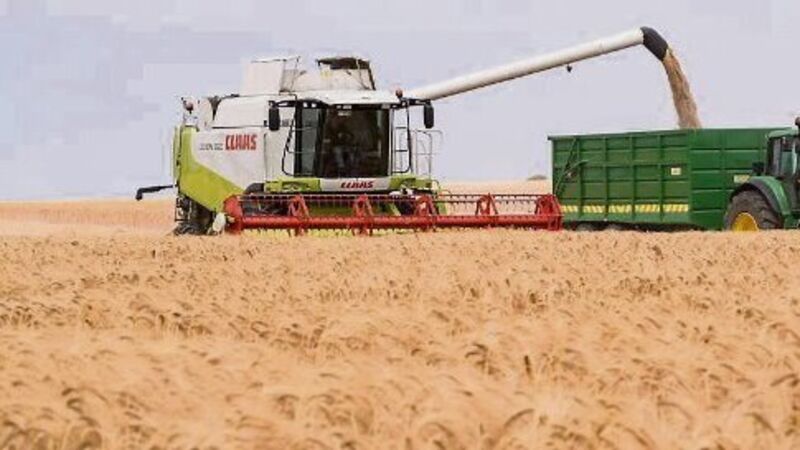Teagasc advice for tillage farmers: Another late spring for crops

By last week, good progress had been made with spring wheat and oats.
Nationally, approximately 25% of the spring barley was sown.
But much of the spring barley, peas, maize and beet was still to be planted.
The area of spring crops is likely to drop, due to the poor returns in 2017.
Spring rape may be an attractive option compared to feed cereals this spring; growers are encouraged to compare margins, using the Teagasc Crop Margin calculator.
Crops of spring rape should be drilled into good seedbeds to ensure rapid emergence, to suppress weeds and ensure an early harvest.
Beans were almost completely sown in the south. Beans sown late (after mid-March) normally suffer a yield penalty, and harvesting will be later.
Sowing of maize under plastic is taking place from now on in sheltered sites, while open crops will not be sown until after mid-April.
Beet can also be sown from now on.
No overall change in the beet sowing area is expected in 2017.
Potato planting progress had been relatively slow ups to this week.
Soil conditions were gradually improving on the lighter soils, but ideal conditions for planting on heavier land are probably a while away yet.
Winter crops were slightly ahead of normal, with early sown winter barley at growth stage 32, and oilseed rape was well into flowering.
Disease levels were high, with mildew evident in many crops.
Net blotch and rhyncho levels had increased in winter barley; there were high levels of septoria in susceptible varieties of wheat.
BYDV was becoming very apparent in winter barley crops, especially in southern counties.
Heavy infections are associated with mistimed or late insecticides.
The spot form of Net Blotch became evident on many crops in recent weeks (include a fungicide strong on net blotch at the growth stage 32 timing).


